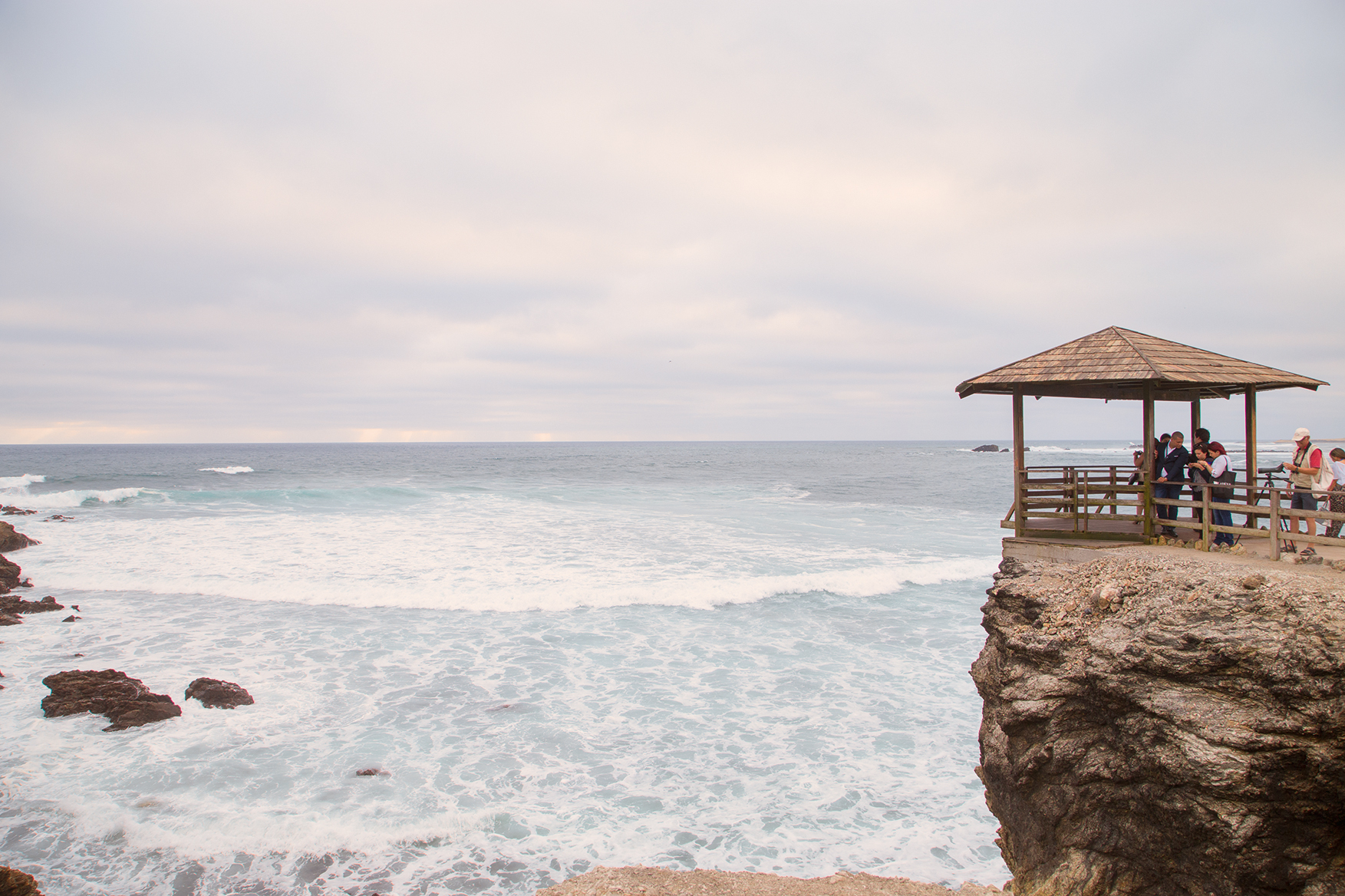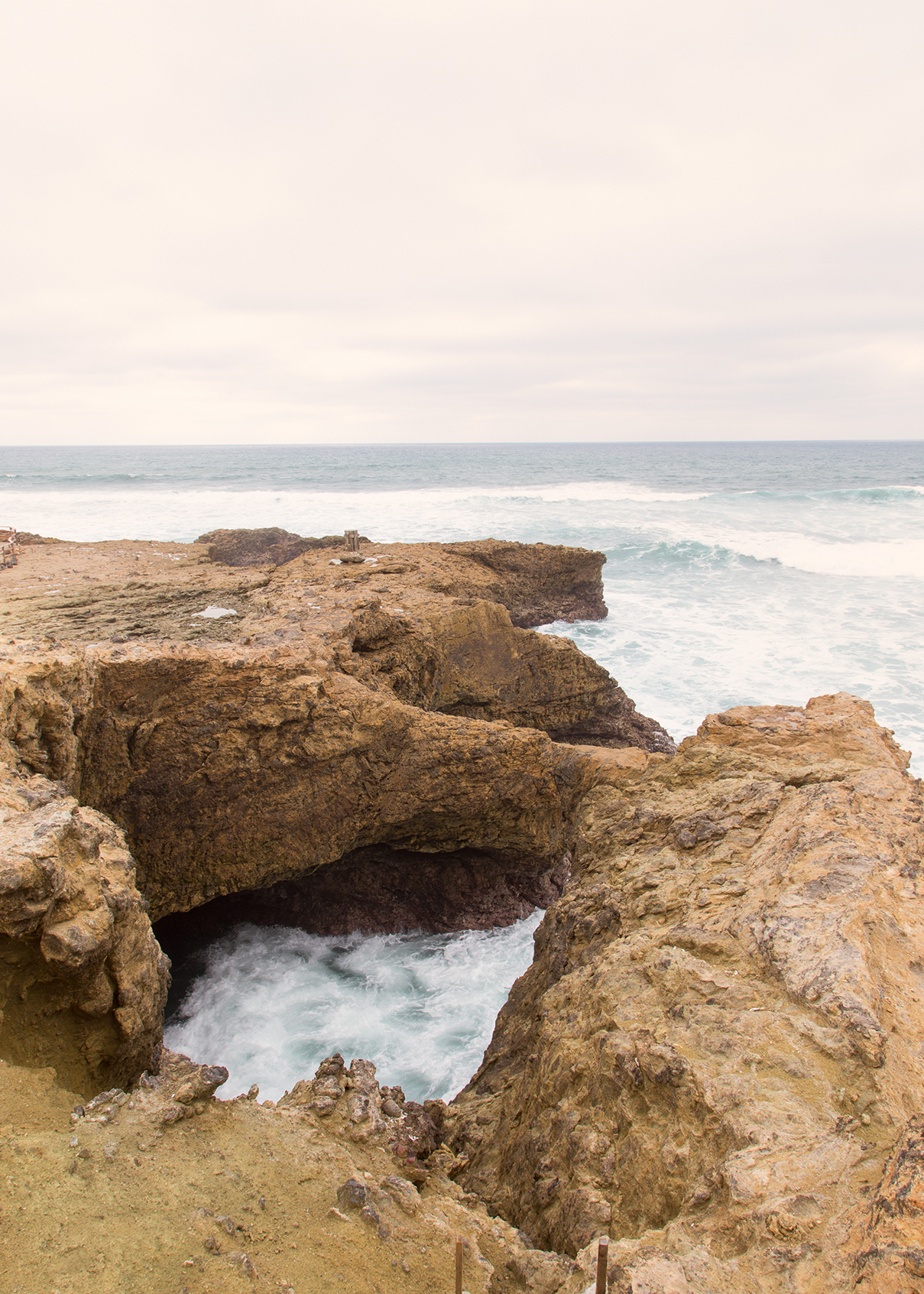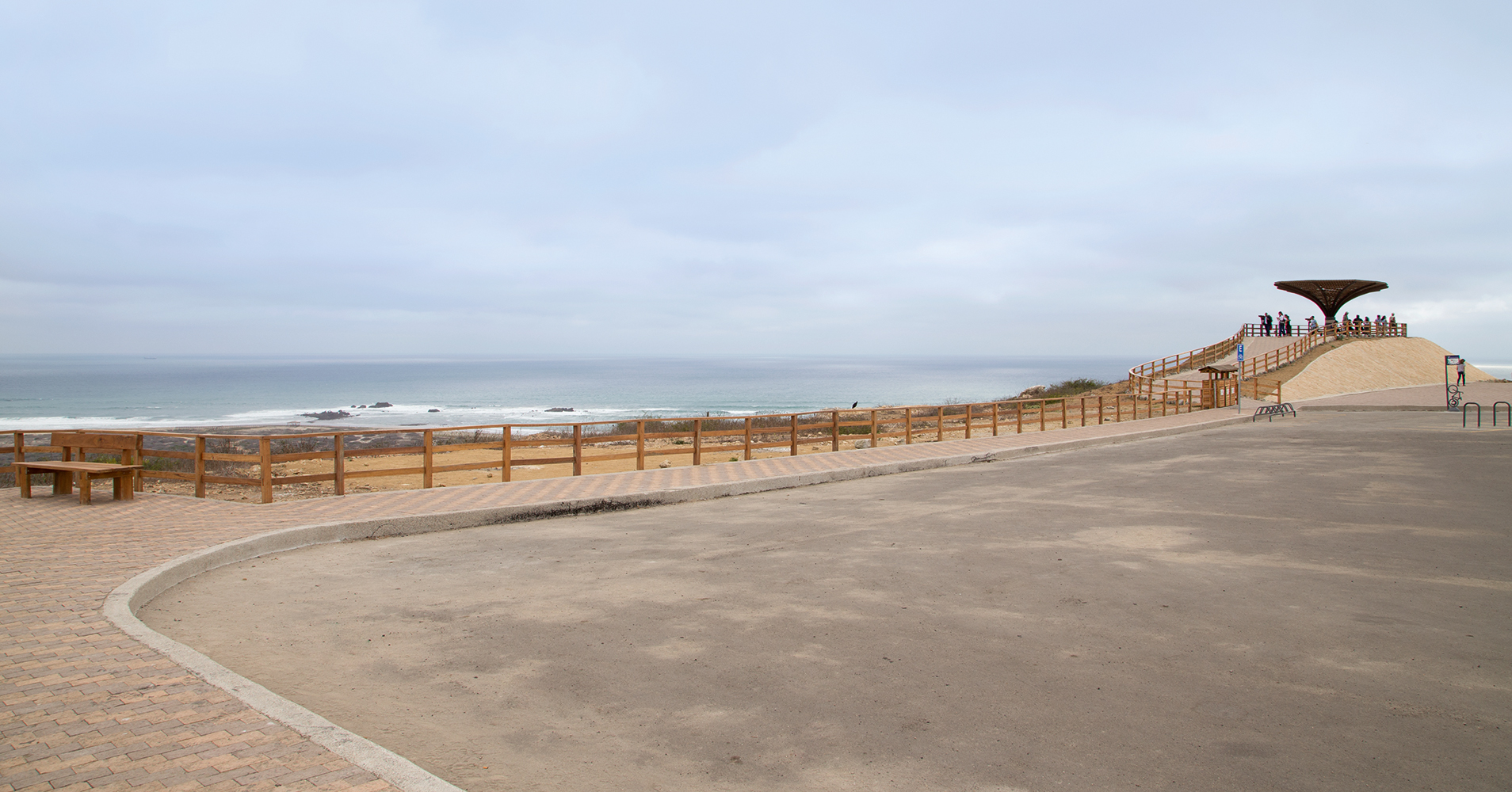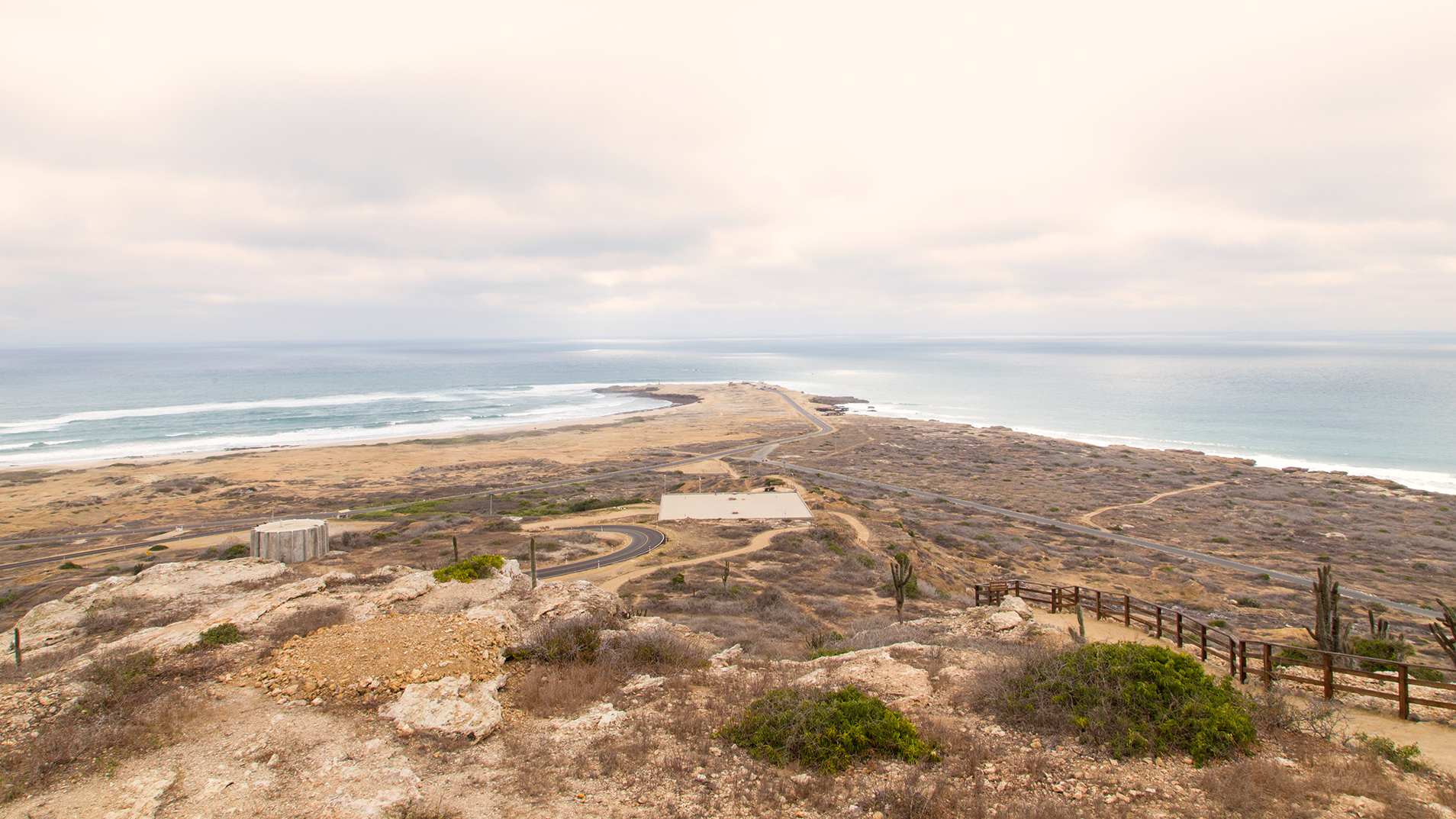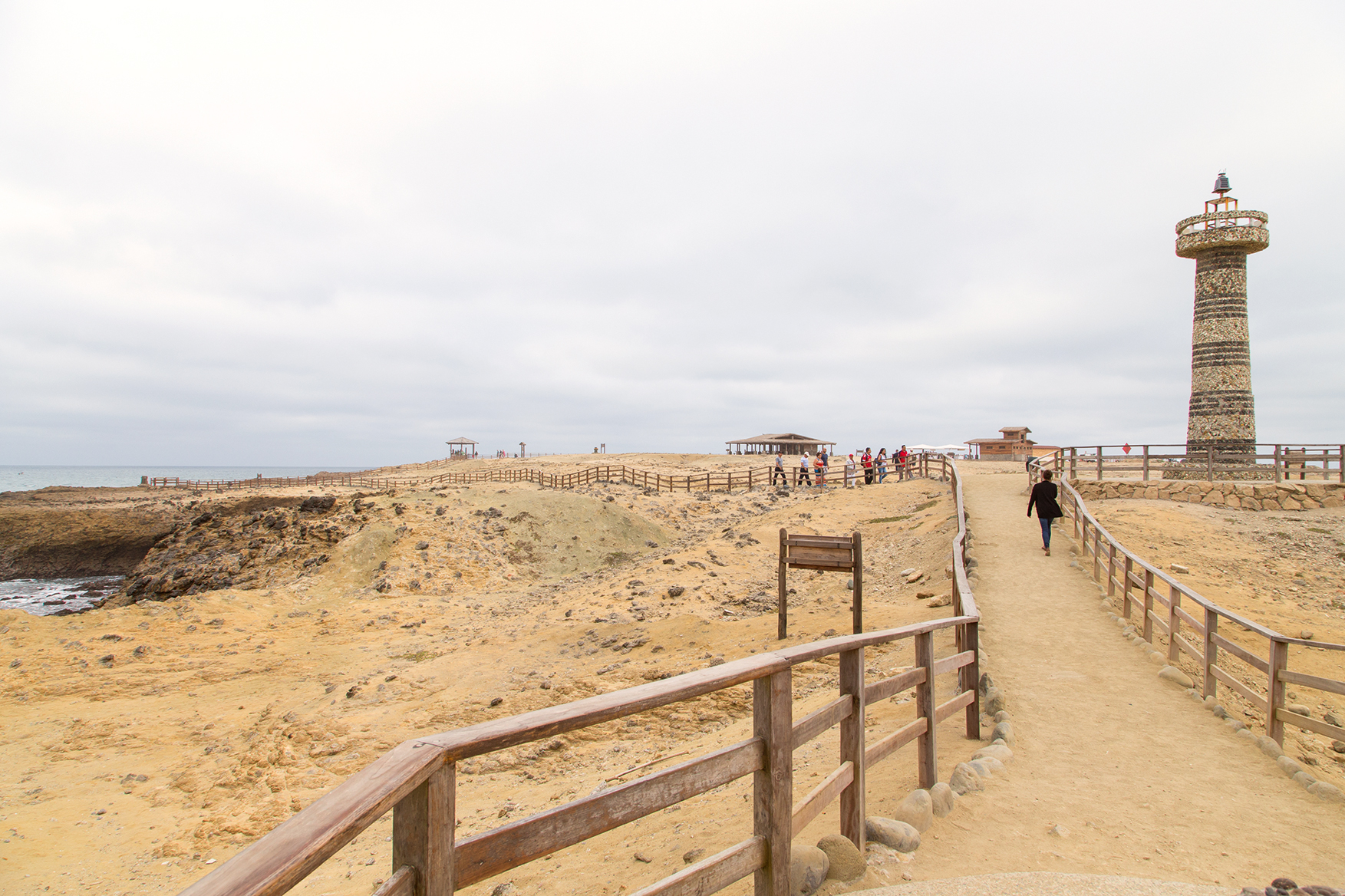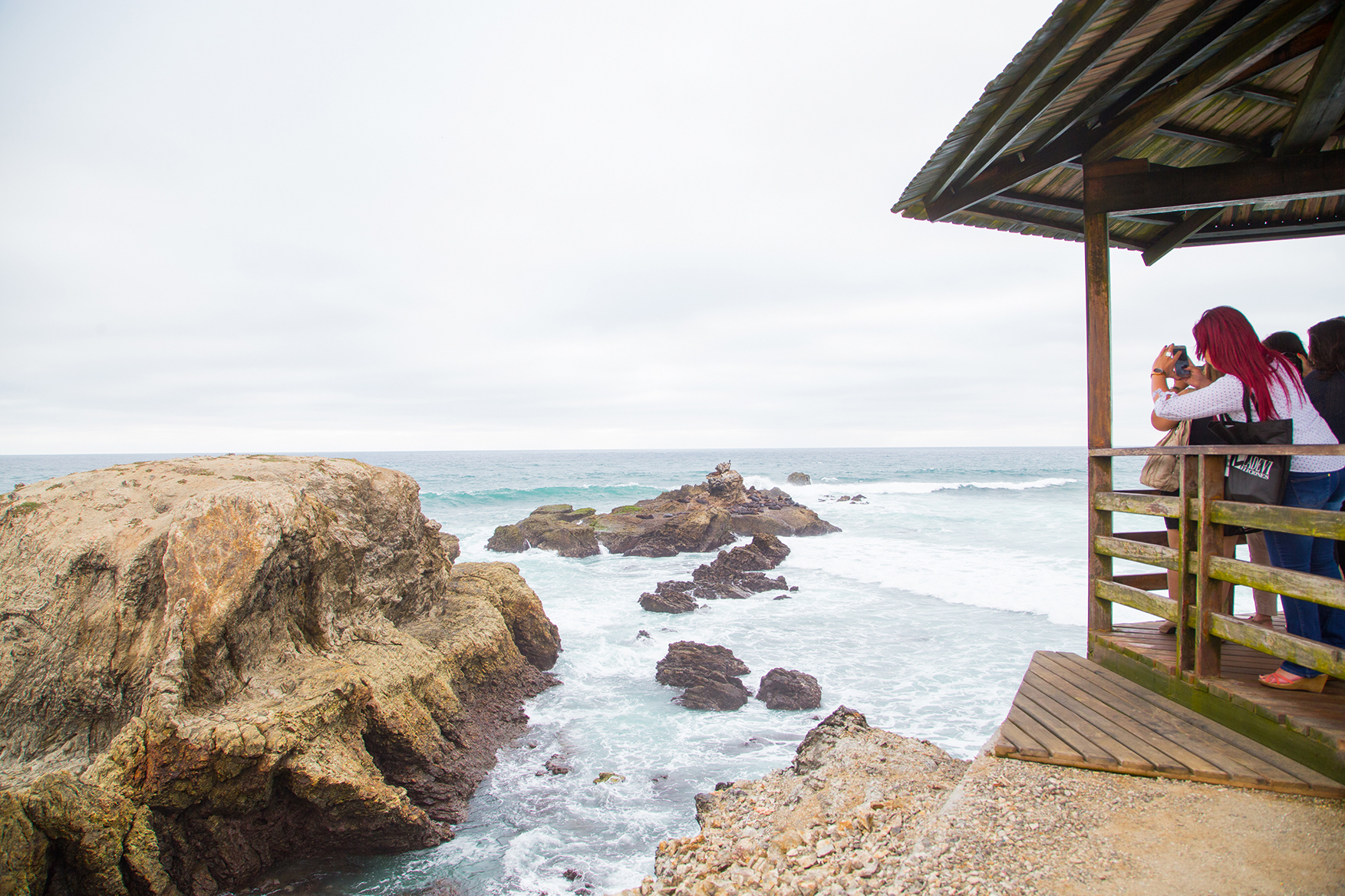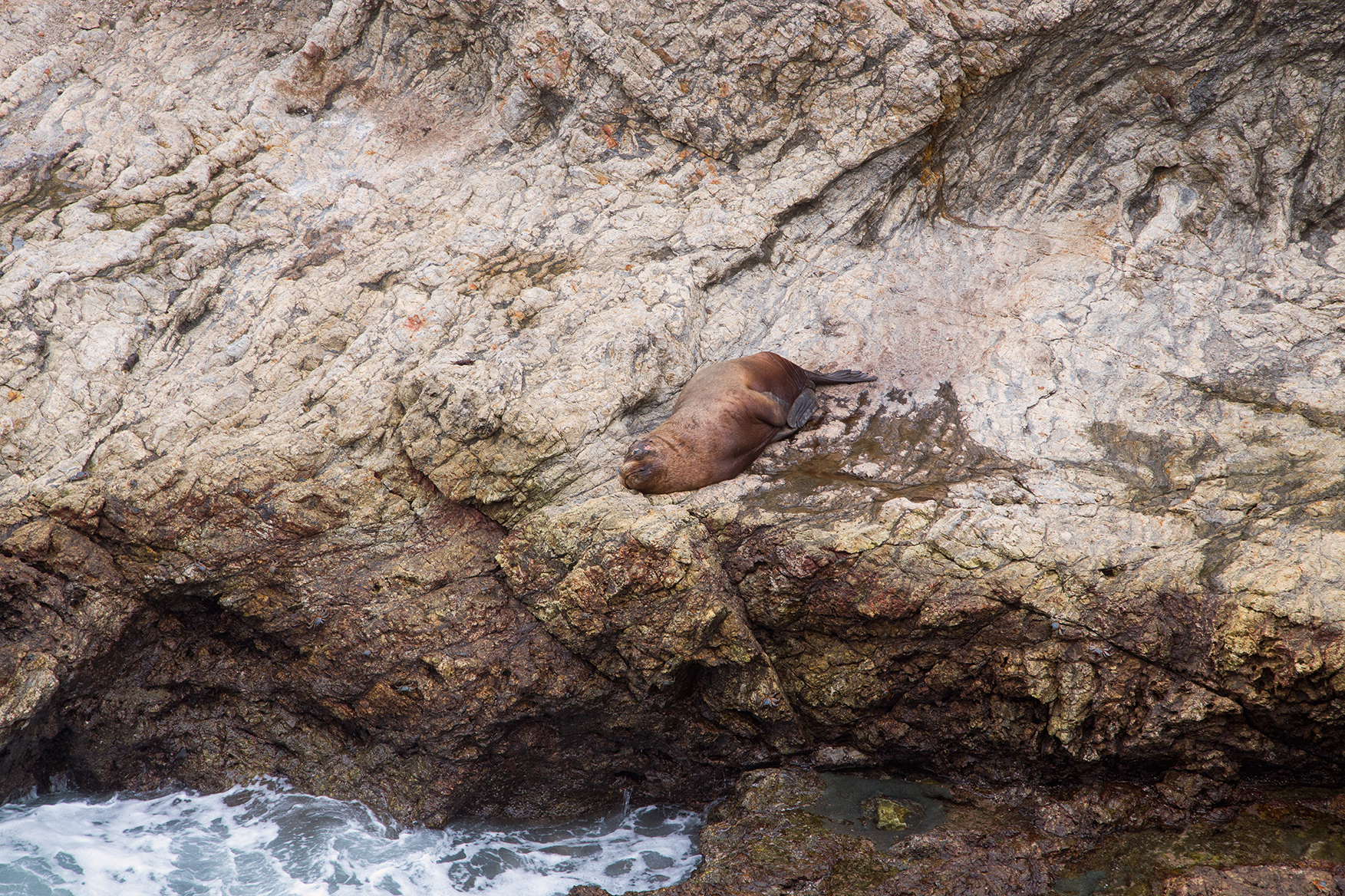Salinas, the starting point of the Ruta del Sol (Sun Highway) that runs north-south, parallel to the Pacific coast, is one of the oldest and best known beaches in Ecuador. It´s a favorite place for families and groups of friends seeking vacations full of sun, surf and entertainment.
This town is located some 80 miles by road from Guayaquil and 350 miles from Quito. Along its ten miles of beaches, visitors can find a wide range of activities, including sports, entertainment and ecotourism, plus a variety of restaurants.
For sports tourists, Salinas is an ideal destination. It hosts well known tennis tournaments, fishing and surfing competitions, as well as beach volleyball and beach soccer games. All types of water activities are available for divers, sailors and snorkelers, without forgetting the jet ski fans.
A requirement for any worthwhile resort is its cuisine. Salinas offers all those incredible coastal seafood dishes that can make us hungry at a distance, such as crabs, prawns, shrimp and Ecuador´s famous ceviche (fresh raw fish cured in lemon). Prepared with local produce, like plantains, the catch of the day is turned into mouth-watering delicacies that delight everyone, but especially tourists.
Salinas´ hotels cater to all budgets and all types of visitors. At night, bars, discos and karaokes on the streets welcome tourists seeking entertainment.
A short distance from the apartment buildings and commercial areas in town, there is a radically different environment, the coastal marine reserve located in Puntilla de Salinas, the westernmost cape on Ecuador´s Pacific coast. The three key points of interest are linked through paths, so tourists can easily travel from one area to another.
El Morro
From the binoculars on the lookout at the summit of El Morro hill, visitors can gaze at the built beaches around Salinas as well as the desolate beaches in the opposite direction, where strong waves lash the coast. This magnificent view includes Chocolatera and Lobería, the two most visited places in the Salinas peninsula. The paths can be travelled by car, bicycle or on foot. Entrance is free.
El Morro is also a convenient place to learn about coastal birds. Some thirty distinct species live in this area. The most common is the cigueñela, a small stork. An information center provides data on the plants and animals in the reserve.
La Chocolatera
One of the key attractions for tourists in Salinas is Chocolatera, located within the local Naval base. It´s the meeting point of two strong marine currents that create big waves that strike the coastal rocks. This motion causes the seawater to mix with dark seafloor sand, so the water acquires a darker tone, eventually looking rather like chocolate. Hence, its name.
Multiple paths along this area allow us to reach small lookouts where we can observe the strength of the ocean as it impacts the coastal rocks, creating continuous sprays and mists. This place is perfect for lovers of adventure and nature. A favorite pastime is to watch humpback whales, most often found between July and September, when they arrive to mate, only a few miles from the shore. Sightings can be made from land but, even better, on board small ships.
Diving is attractive due to the variety of fish. Large waves beckon surfers. Swimmers must be cautious along these beaches because of the strong undertow.
Home to a large colony of sea lions, La Lobería is a favorite of young and old. Its lookout was built so that visitors can be as close as possible to the sea lions without actually stepping onto their stones or invading their space. This restriction is very important because one of the reasons why sea lions keep returning to this same spot is that humans don´t interfere with their habitat.
The binoculars atop the lookout enable us to appreciate a close view of these magnificent creatures, mostly males, resting and basking in the sun. In fact, they often look like many of us tourists, sprawled on the beaches during the holidays, also resting and enjoying our leisure.


